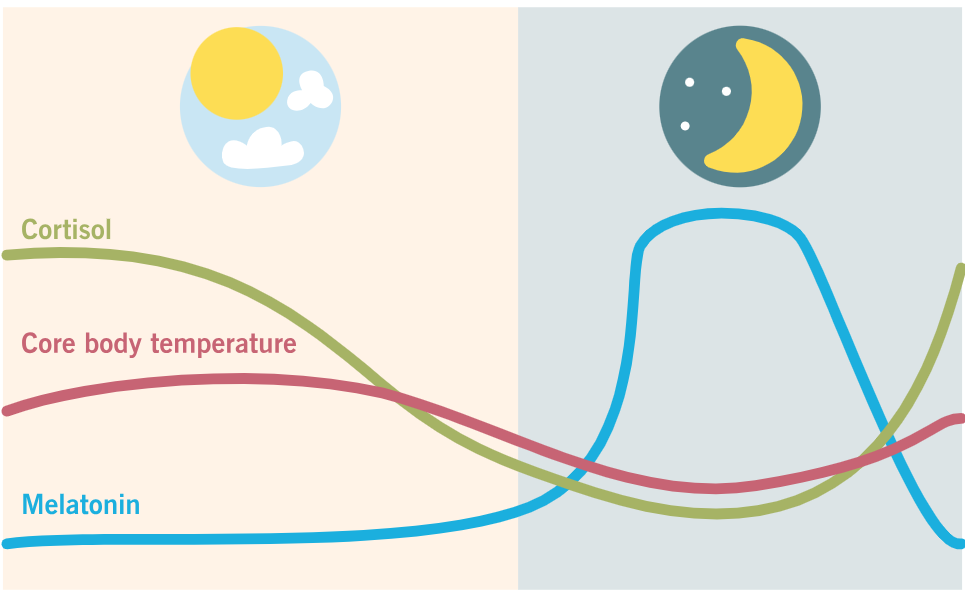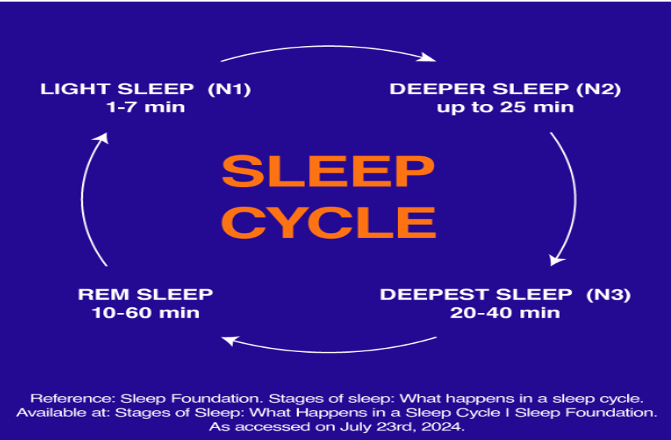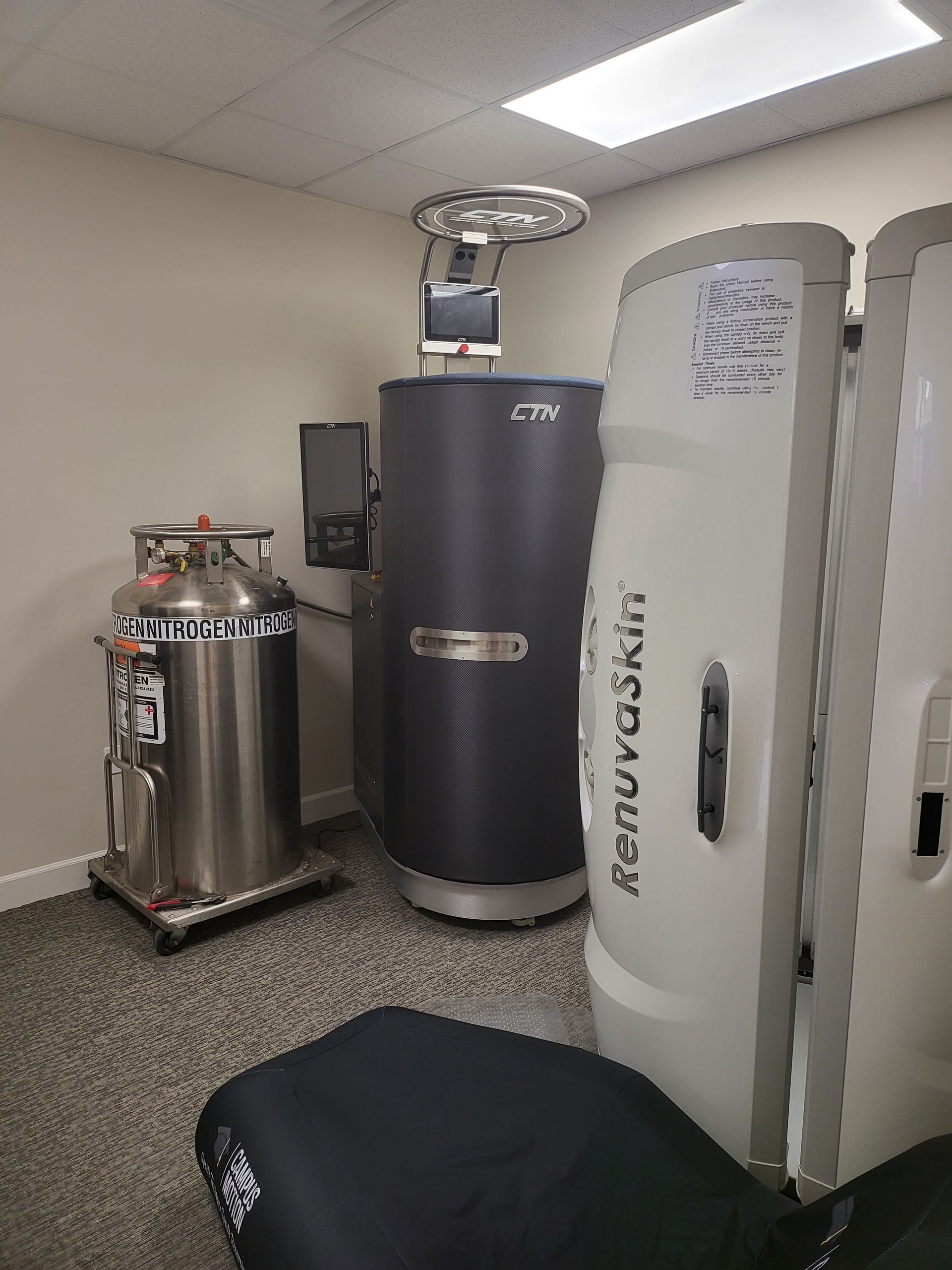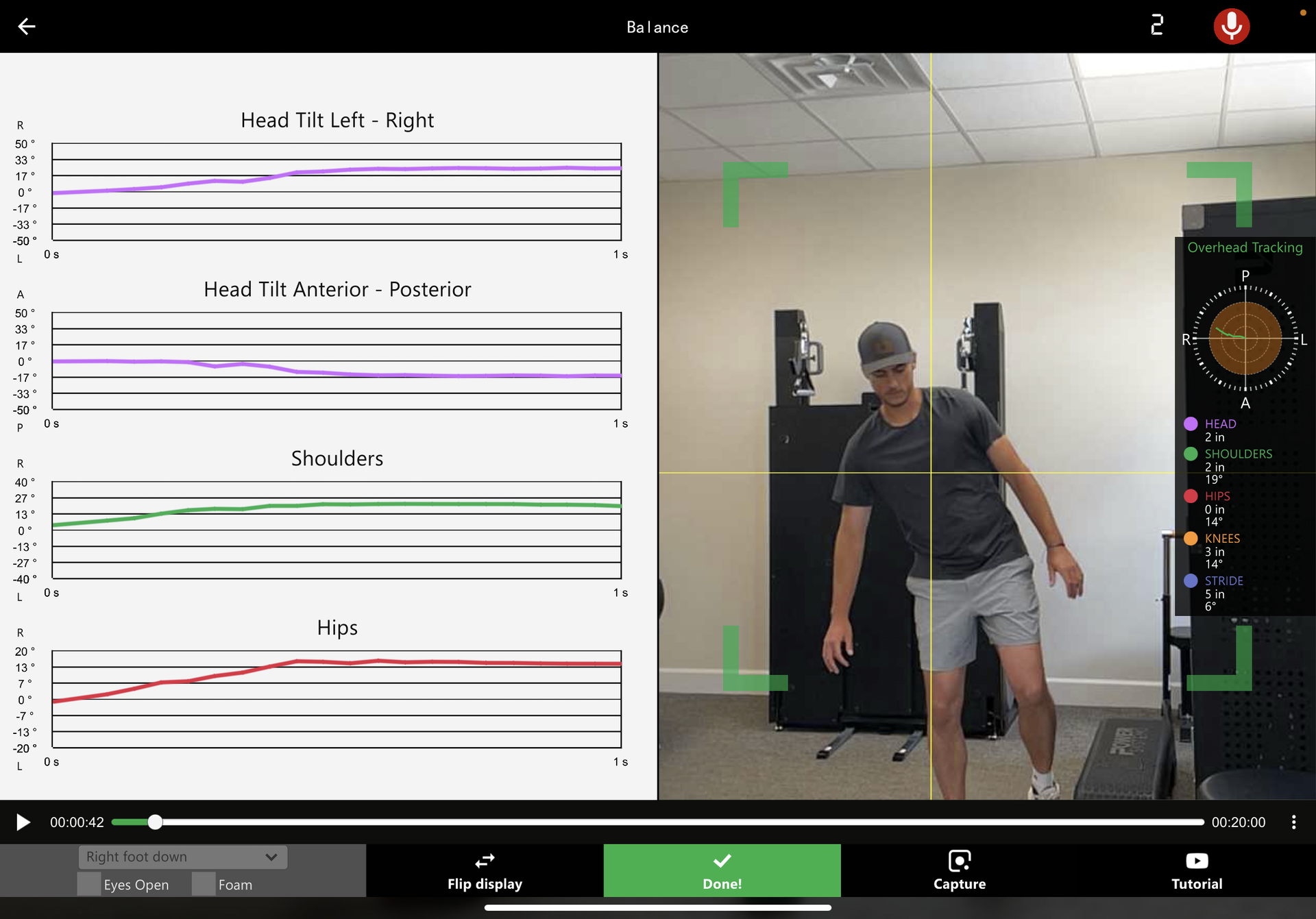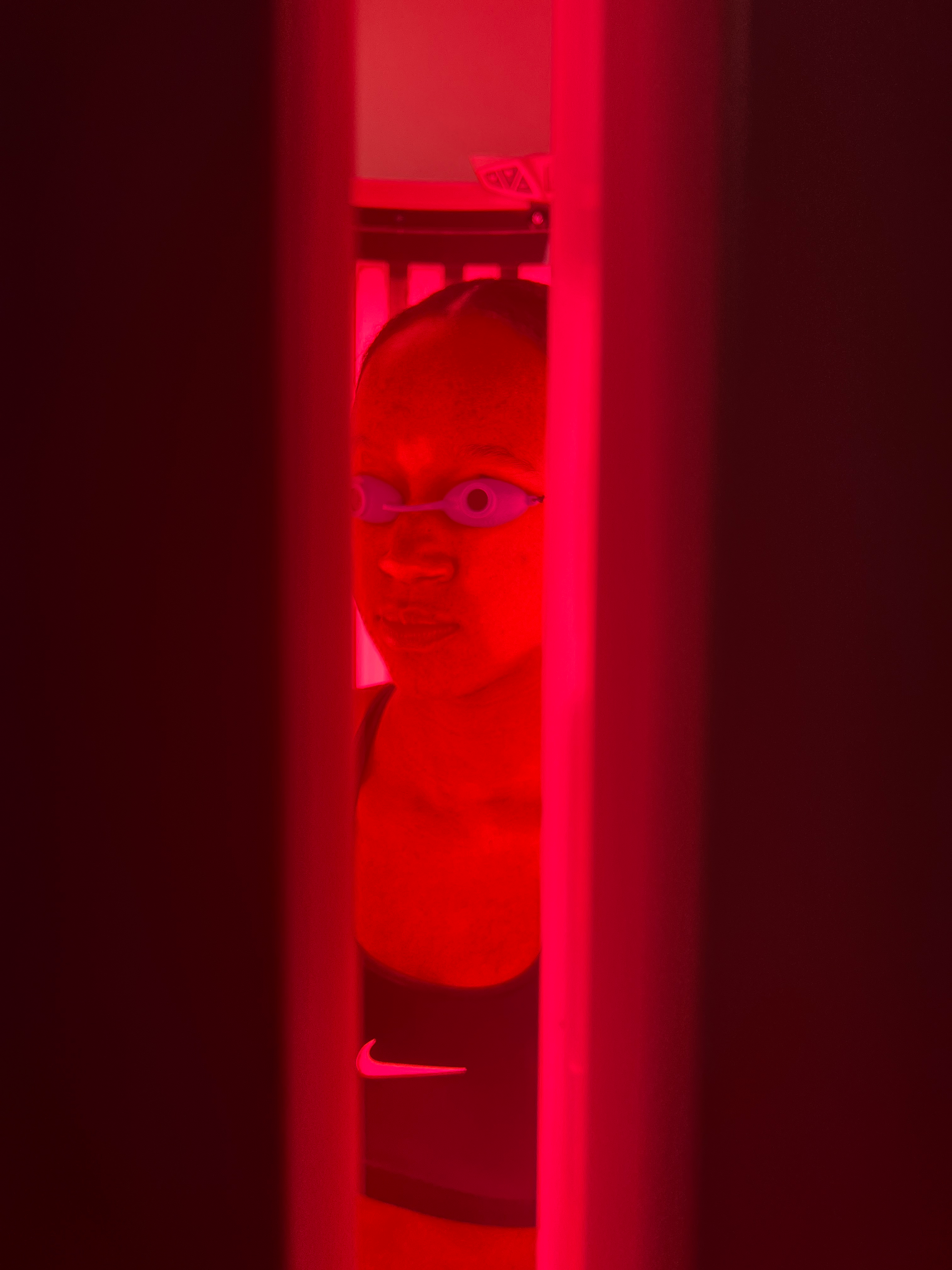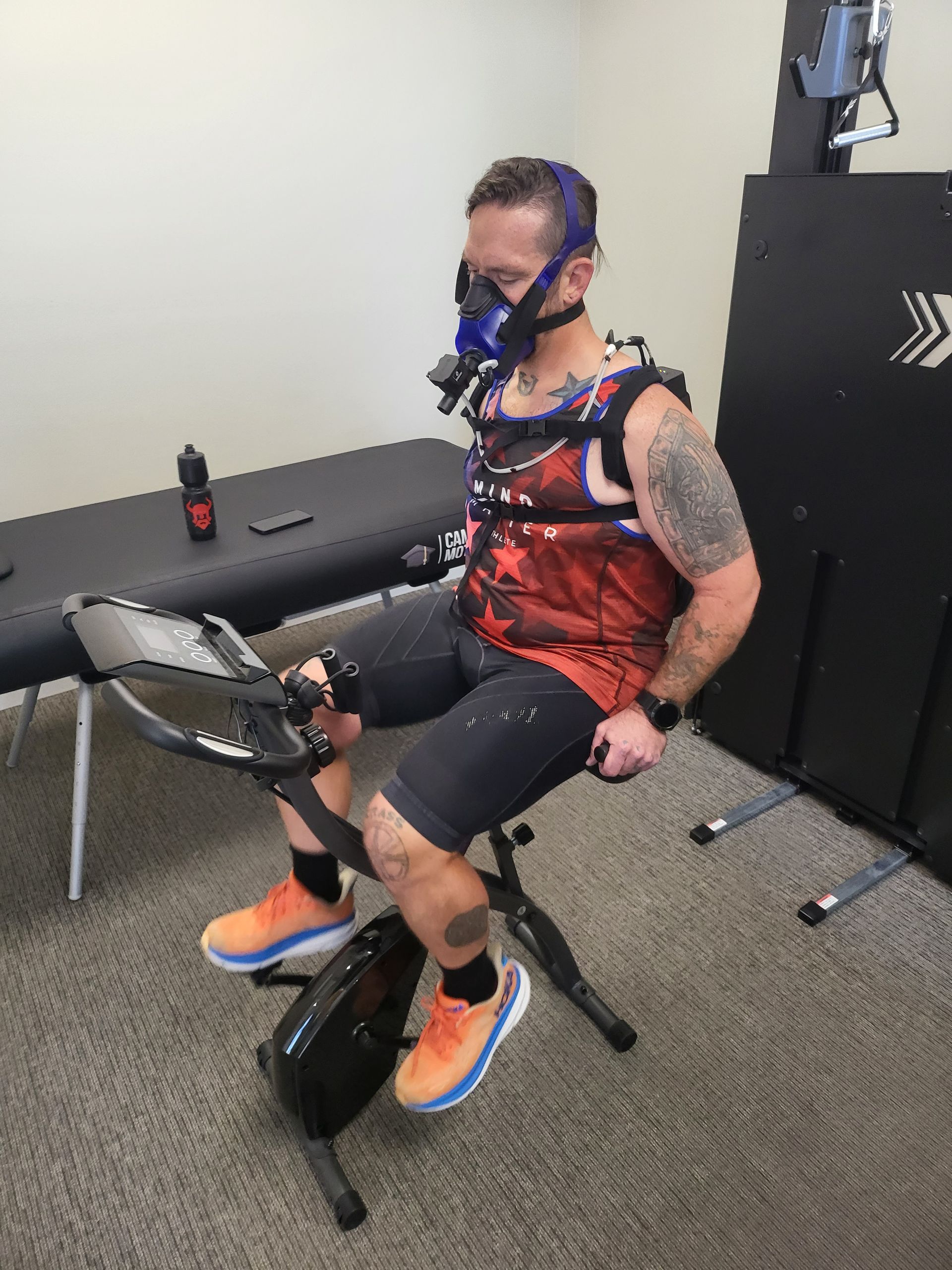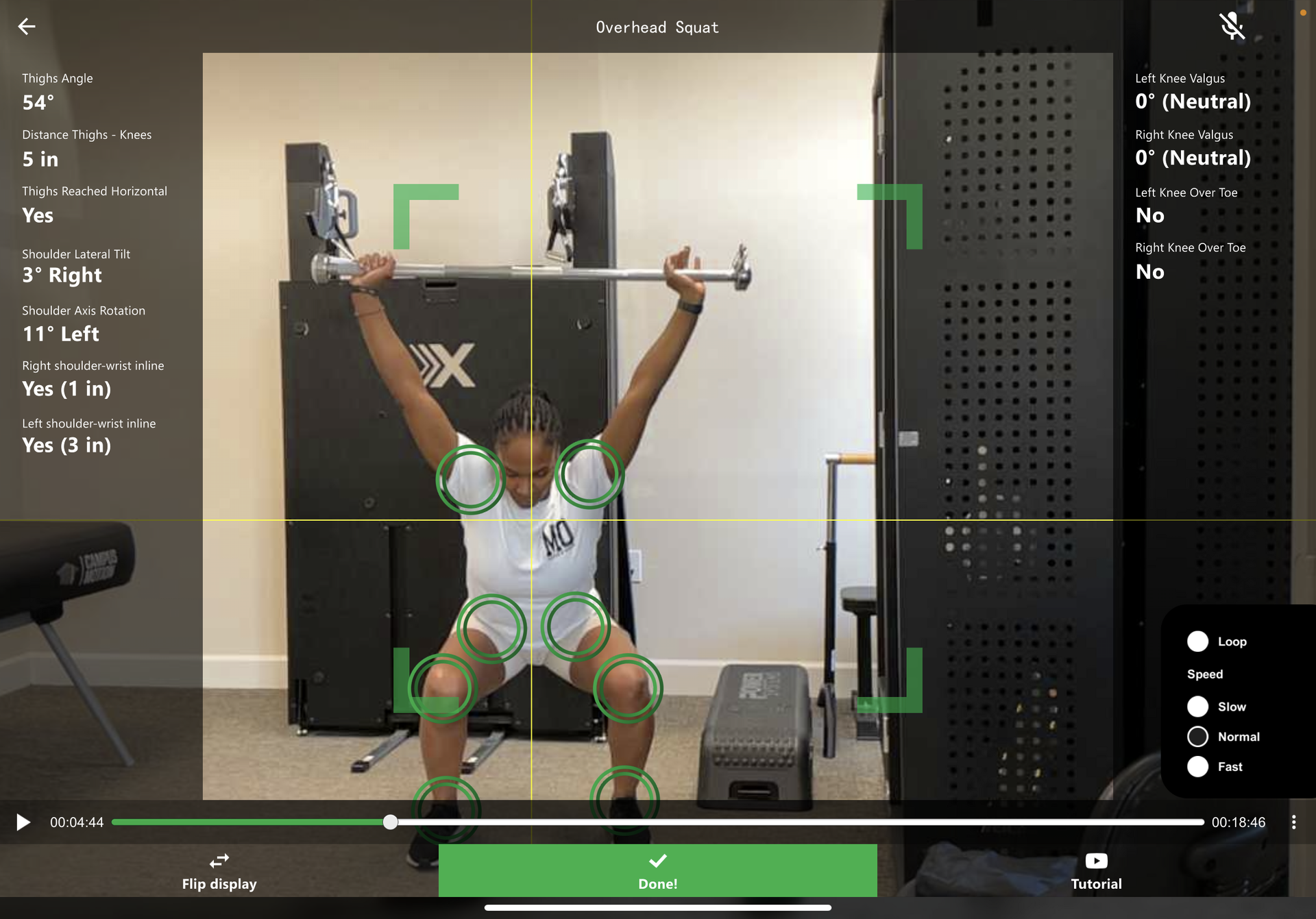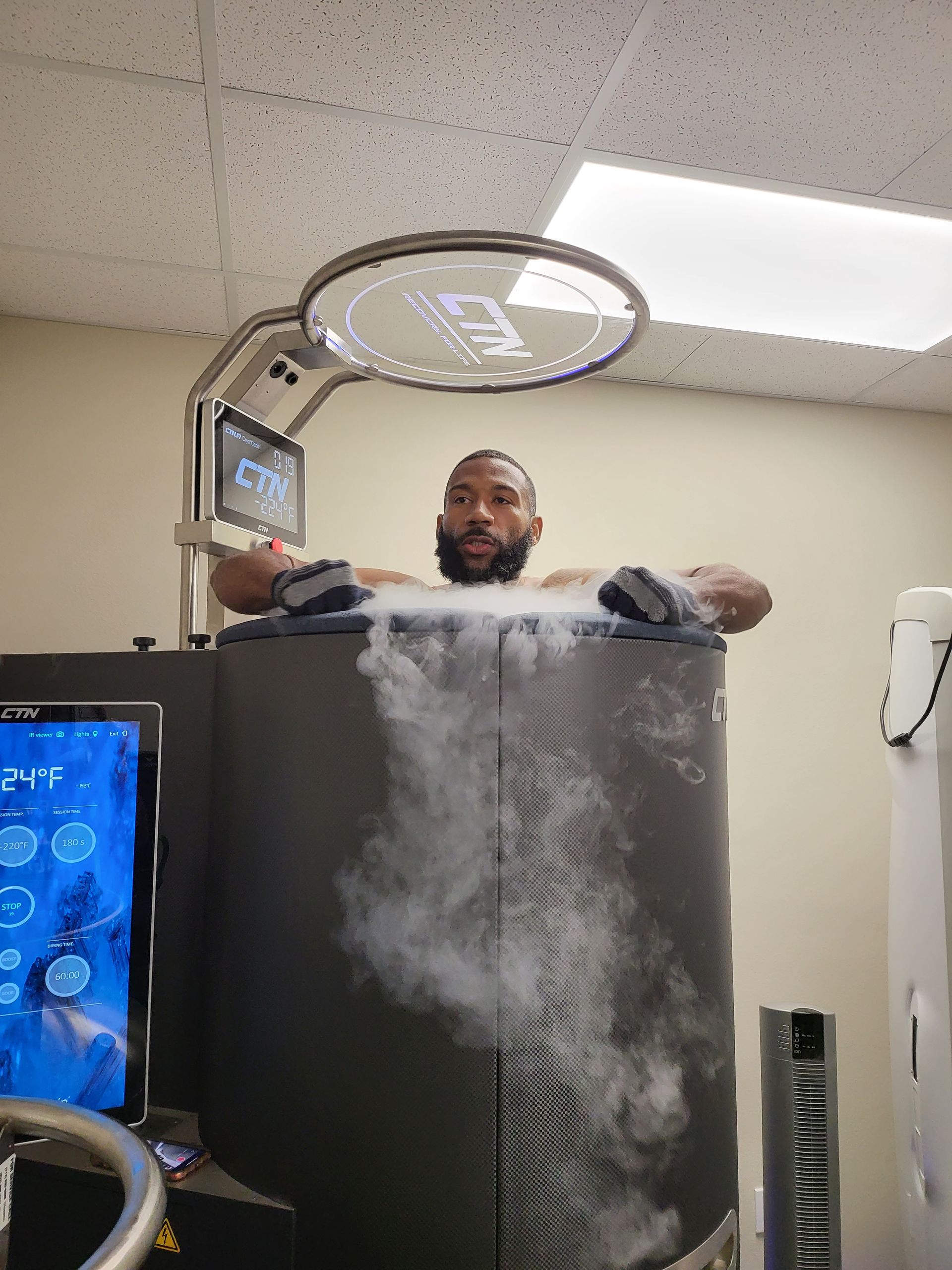5 Factors to Consider For a Career in Sports Medicine
Interested in Sports Medicine? Here are 5 factors to consider

Are you interested in a potential career in sports medicine, but you're not sure if studying sports medicine is the right decision for you? Every day, we make decisions that can affect the rest of our lives.
It's important to weigh all your options and make an informed decision. But don't worry, we have you covered.
Here are five benefits of studying sports medicine that might help you make up your mind about whether or not studying sports medicine is something you should commit to.
Read on for the five top tips for making this decision and much more besides:
1. Understanding Sports Injuries
A sports injury is any type of injury that happens when you are playing a sport or doing an exercise. It can be a small cut or a broken bone. Injuries can happen all of a sudden, like when you twist your ankle.
Or they can develop over time, like tennis elbow. Most sports injuries are caused by either overuse or trauma. Overuse injuries happen when you put too much stress on one part of your body, like your shoulder or knee.
This type of injury usually happens gradually and is more common in young athletes whose bodies are still growing. Traumatic injuries are caused by a sudden impact or force, like a fall or collision.
They tend to be more severe than overuse injuries and might need surgery to fix the damage.
Regardless of how they occur, all sports injuries share one common goal: treatment that will allow the athlete to return to their sport as soon as possible.
There are four initial steps to take for treatment of acute sports injuries:
Rest:
This is probably the most important treatment for any type of acute injury. Rest gives your body time to heal and prevents further damage from occurring. It is important to remember that rest does not mean complete inactivity.
You should still be able to do other activities that do not put stress on the injured area, such as swimming or biking.
Ice:
Applying ice to an injured area helps to reduce swelling and pain. Apply ice for 20 minutes.
Compression:
Using an ace wrap or compression bandage can also help to reduce swelling by applying pressure to the injured area.
This will give immediate relief in most cases.
Elevation:
Keeping the injured area elevated above your heart helps to reduce swelling by draining excess fluid away from the area.
If you want to learn more about sports medicine, you should consider taking courses that focus on this topic.
With the proper knowledge, you will be able to help athletes recover from their injuries and get back out on the playing field as soon as possible.
2. Injury Prevention
Sports medicine is a field of study that focuses on preventing and treating injuries related to athletics. Students who study sports medicine have the opportunity to learn about a variety of sports medicine strategies.
These strategies can help reduce the risk of injury in athletes, such as proper technique, equipment selection, conditioning, and nutrition.
In addition, students who study sports medicine can also learn about how to best protect against potential injuries by understanding the factors that can lead to injury.
This knowledge can help keep athletes safe and healthy both on and off the playing field.
3. Rehabilitation Techniques
There are different ways to help people recover from injuries. This is called rehabilitation. Some common rehabilitation techniques are therapeutic exercise & manual therapy.
Manual Therapy can help improve blood circulation, reduce swelling, and facilitate muscle activation. Therapeutic exercise can help strengthen muscles and improve mobility/flexibility.
Each of these techniques has its benefits, and sports medicine professionals often use a combination of these techniques to help their patients recover from injuries.
4. Sports Psychology
Relaxation techniques may be used to help an athlete who experiences pre-game jitters, while a cognitive behavioral therapy approach could be used to help an athlete who is struggling with negative thoughts.
To be successful, sports psychologists must have a strong understanding of both psychology and the specific sport they are working with.
By using this knowledge to develop targeted interventions, they can help athletes overcome obstacles and perform at their best.
5. Sports Nutrition
Sports medicine is a field of study that covers a wide range of topics related to athletic performance and health. Students who study sports medicine learn about everything from injury prevention to rehabilitation and exercise science.
While the field of sports medicine is vast, one of the most important aspects of sports medicine is understanding sports nutrition. Sports nutrition is vital for athletes of all levels, from amateur to professional.
By understanding how the food an athlete eats affects their performance, sports medicine professionals can help athletes optimize their diet for peak performance.
Proper nutrition can mean the difference between winning and losing, and it can also help to prevent injuries.
For these reasons, studying sports nutrition is an essential part of becoming a sports medicine professional.
What Are the Career Prospects in Sports Medicine?
Sports medicine is a field that is growing quickly. This means there are many new opportunities to have an exciting career in sports medicine.
The demand for sports medicine professionals is increasing as the sports industry continues to grow.
After studying sports medicine, there are many different paths people can take, such as becoming a physician assistant, physical therapist, sports coach, athletic trainer, sports physician, or dietitian.
People who want to work in a specific area of sports medicine can also get more education or training in that area.
There are lots of possibilities for people who want to help athletes achieve their goals by working in the sports industry. Sports medicine is an exciting field with plenty of potential for growth and career advancement.
Can I Have a Lucrative Career in Sports Medicine?
Yes, sports medicine can be a good career. Depending on the specific role, sports medicine professionals can earn salaries ranging from $30,000 to upwards of $100,000 or more per year.
With the right experience and education in sports-related fields, sports medicine practitioners can also advance into leadership roles and make even higher salaries.
In addition to salaries, many sports-related jobs come with additional perks such as travel opportunities and access to exclusive events.
Sports medicine offers many different types of jobs for people who want to work in sports.
If you have the right knowledge and skills, you can have a successful career in sports medicine that provides both financial and other rewards.
So if you're interested in working in the world of sports, consider pursuing a career in sports medicine you might just find yourself at the top of your field.
How Long Does It Take To Qualify in Sports Medicine?
Sports medicine is a type of medicine that helps people who play sports. Doctors who want to help people with sports injuries need a medical degree and must complete a residency, which takes seven to nine years after college
Physical therapists help people with physical injuries using therapy. They need an education in physical therapy, which is typically three years after college
Athletic trainers help prevent sports injuries and give first aid if someone gets hurt during a game or practice.
They need to pass the Board of Certification exam and get state licensure, which can take around two years depending on the individual's experience.
The amount of time it takes to qualify in sports medicine varies depending on the individual's chosen career path. Some jobs might need more education and training than others.
For example, physicians must complete medical school and a residency before practicing sports medicine. Similarly, physical therapists must obtain an education in physical therapy before entering the field.
Ready to Study Sports Medicine?
If you're looking for a career in healthcare with endless possibilities, sports medicine may be the perfect field for you if you'd like to work with an interdisciplinary team sharing a common goal.
So if youre interested in learning more about what we have to offer or have any questions, dont hesitate to contact us today! We can't wait to hear from you.
